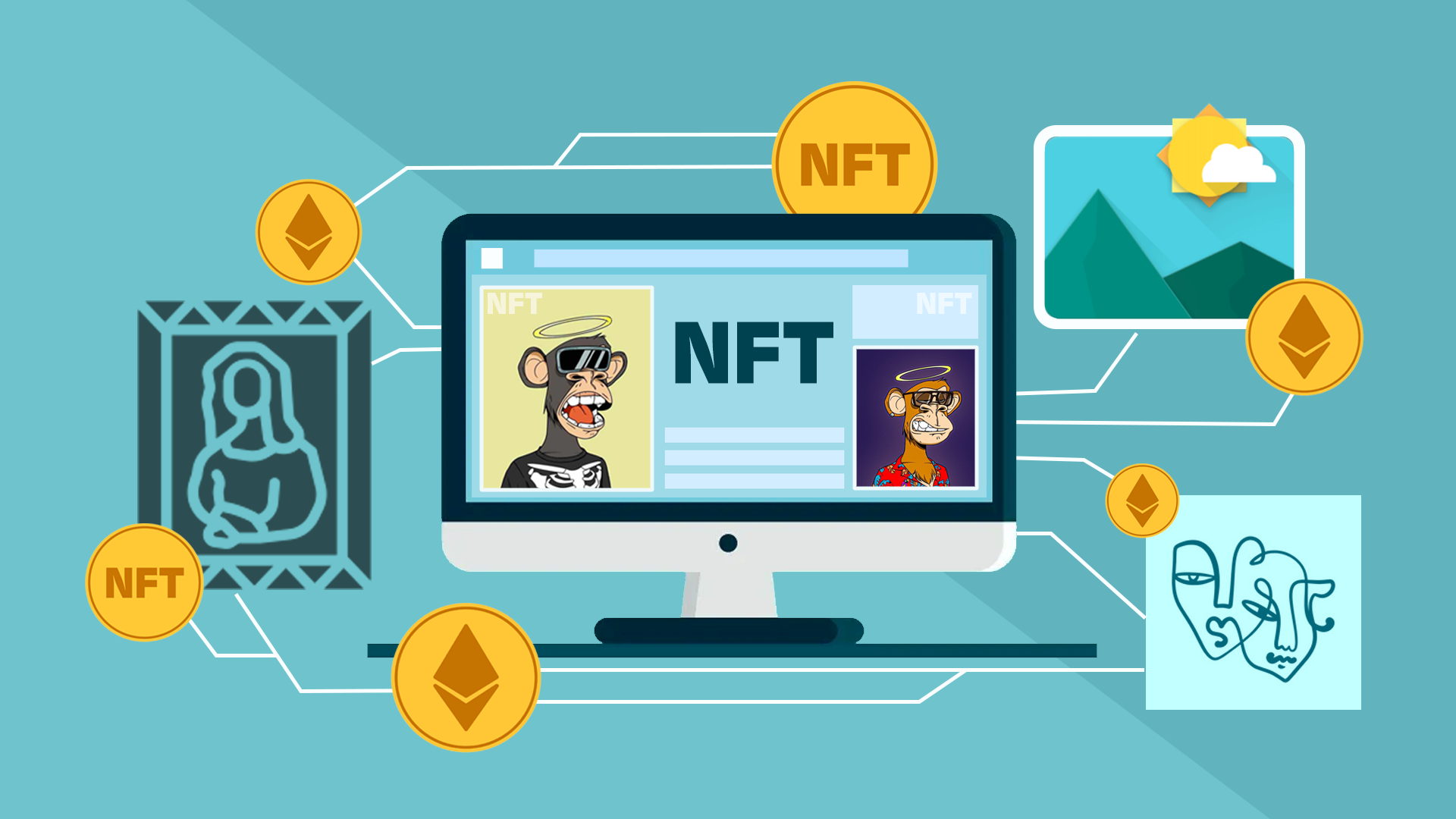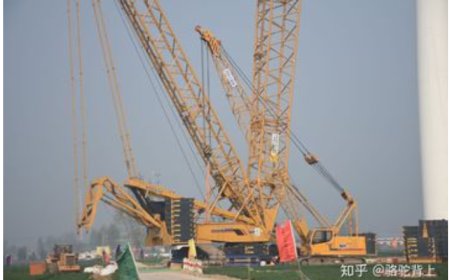NDR in Smart Agriculture: Detecting Threats to AgriTech Systems
Network Detection and Response (NDR) has emerged as a vital tool to protect AgriTech environments from modern-day cyberattacks.

The agriculture industry is undergoing a digital revolution. From autonomous tractors and precision irrigation systems to AI-powered drones and IoT-based soil sensors, smart agricultureor AgriTechis redefining how food is produced and distributed. However, with this digital transformation comes a growing cybersecurity challenge. As farms become more connected, they also become more vulnerable to cyber threats.
Network Detection and Response (NDR) has emerged as a vital tool to protect AgriTech environments from modern-day cyberattacks. This blog explores how NDR works in smart agriculture, the threats it mitigates, and why it's critical to secure our food systems in the digital age.
The Rise of Smart Agriculture
Smart agriculture integrates technologies like:
-
Internet of Things (IoT) sensors for soil, weather, and livestock monitoring
-
GPS-guided tractors and machinery
-
AI-based yield prediction systems
-
Cloud-based data analytics platforms
-
Remote crop management and irrigation systems
While these innovations improve efficiency, productivity, and sustainability, they also expand the digital attack surface of farms and agri-businesses.
Cyber Threats Facing AgriTech Systems
Smart agriculture networks face a diverse range of cybersecurity threats, including:
1. IoT Device Exploits
Many agricultural devices have weak or default security settings. Attackers can exploit vulnerabilities in sensors, drones, and actuators to hijack control or steal data.
2. Ransomware Attacks
Farms increasingly rely on software platforms for operations. A ransomware attack on critical systemssuch as irrigation or logisticscan cause significant disruption and economic loss.
3. Supply Chain Intrusions
Cybercriminals may target seed suppliers, fertilizer vendors, or cloud analytics platforms to gain access to downstream agricultural operations.
4. Data Tampering
Precision agriculture depends on accurate data. An attacker who modifies environmental sensor data could trick AI systems into making poor decisions, such as overwatering or misapplying pesticides.
5. Nation-State or Hacktivist Attacks
Agriculture is a critical infrastructure. Nation-states or activist groups might target it to disrupt food supply chains or make political statements.
Why NDR is Crucial for AgriTech Security
Network Detection and Response (NDR) provides visibility into network traffic and detects anomalous behavior across agricultural IT and OT (Operational Technology) systems. Here's how it strengthens smart agriculture:
1. Real-Time Threat Detection
NDR continuously monitors network traffic to identify signs of compromise, such as lateral movement, command-and-control communications, and unauthorized access attempts.
2. Behavioral Analysis of Devices
Smart farming devices often dont have endpoint protection. NDR uses machine learning to establish a baseline for normal device behavior and detect deviationslike a soil sensor trying to access a cloud email server.
3. Visibility Across Segmented Environments
Farms often have air-gapped or segmented networks for equipment, IoT, and IT systems. NDR bridges the gap by analyzing traffic across all segments in a unified view.
4. Threat Containment and Response
Advanced NDR systems can integrate with firewalls and other security tools to automatically isolate infected devices or block malicious communications, minimizing impact.
5. Forensics and Compliance
Post-incident, NDR provides detailed insights for root cause analysis and supports compliance with agricultural data regulations and insurance requirements.
Use Case: Protecting a Smart Irrigation System
Imagine a commercial farm with an IoT-enabled irrigation system connected to a cloud management dashboard. A threat actor compromises the credentials to this dashboard and begins manipulating irrigation schedules to damage crops.
With NDR in place:
-
The unusual login behavior is detected.
-
Network flows show abnormal communication patterns between the irrigation system and an unknown IP.
-
The system flags this activity, triggering an automated response that cuts off the malicious connection.
-
Security teams are alerted and provided with logs for investigation.
Without NDR, this kind of attack might go unnoticed until the damage is done.
Integrating NDR into AgriTech Environments
Successfully implementing NDR in agricultural settings requires overcoming unique challenges:
-
Connectivity Gaps: Farms may have intermittent internet access. Use NDR solutions that support edge deployment and local processing.
-
Heterogeneous Devices: Agricultural networks include a mix of legacy systems and modern devices. Choose NDR platforms that support OT protocols (e.g., Modbus, OPC) alongside standard IT protocols.
-
Limited IT Staff: Many farms lack full-time cybersecurity personnel. Opt for managed NDR services or platforms with automated detection and response.
The Future: NDR and AI-Driven Agriculture
As agriculture becomes increasingly autonomous, the need for intelligent cybersecurity becomes more urgent. NDR solutions enhanced with AI and threat intelligence can:
-
Detect zero-day attacks through anomaly detection
-
Identify coordinated threats across distributed farm locations
-
Predict future attack vectors based on emerging patterns
By embedding NDR into the digital infrastructure of agriculture, we ensure that innovation is not undermined by vulnerability.
Conclusion
The future of agriculture is smart, connected, and data-drivenbut also increasingly exposed to cyber risk. Network Detection and Response (NDR) plays a vital role in safeguarding AgriTech systems by providing deep visibility, rapid threat detection, and intelligent response capabilities.
From securing irrigation systems and drones to protecting supply chain data, NDR is essential for ensuring the resilience and integrity of modern food production. As the global population grows and climate challenges intensify, securing our digital farms is not just a tech issueits a food security imperative.































